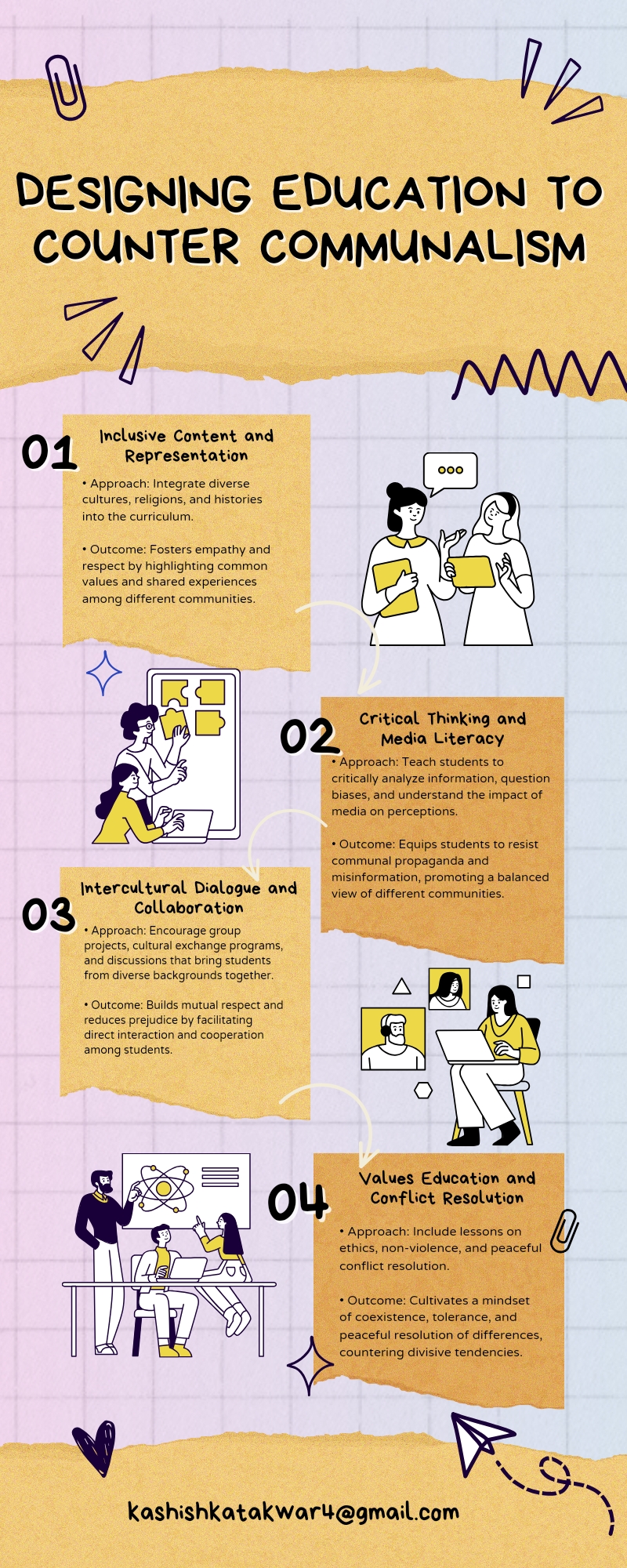How can educational curricula be designed to promote understanding and respect among diverse communities, thereby countering communalism?
Participating in community art projects fosters social connections and support networks that significantly enhance mental health. These projects create inclusive environments where individuals from diverse backgrounds collaborate towards a common goal, fostering a sense of belonging and reducing feeRead more
Participating in community art projects fosters social connections and support networks that significantly enhance mental health. These projects create inclusive environments where individuals from diverse backgrounds collaborate towards a common goal, fostering a sense of belonging and reducing feelings of isolation. The shared creative process encourages communication, empathy, and understanding among participants, which helps build strong, supportive relationships.
Engagement in art activities allows individuals to express themselves in a non-verbal manner, which can be particularly beneficial for those struggling with mental health issues. This expression can lead to emotional release and personal insight, promoting mental well-being. Additionally, the sense of accomplishment and pride derived from contributing to a collective artwork boosts self-esteem and provides a positive focus, distracting from stressors and negative thoughts.
Community art projects often involve collaboration with local organizations, further extending support networks and providing access to additional resources. These projects can also create a platform for dialogue about mental health, reducing stigma and encouraging more people to seek help. Overall, the combination of social interaction, creative expression, and community support inherent in these projects fosters a nurturing environment conducive to improved mental health.
See less

See less